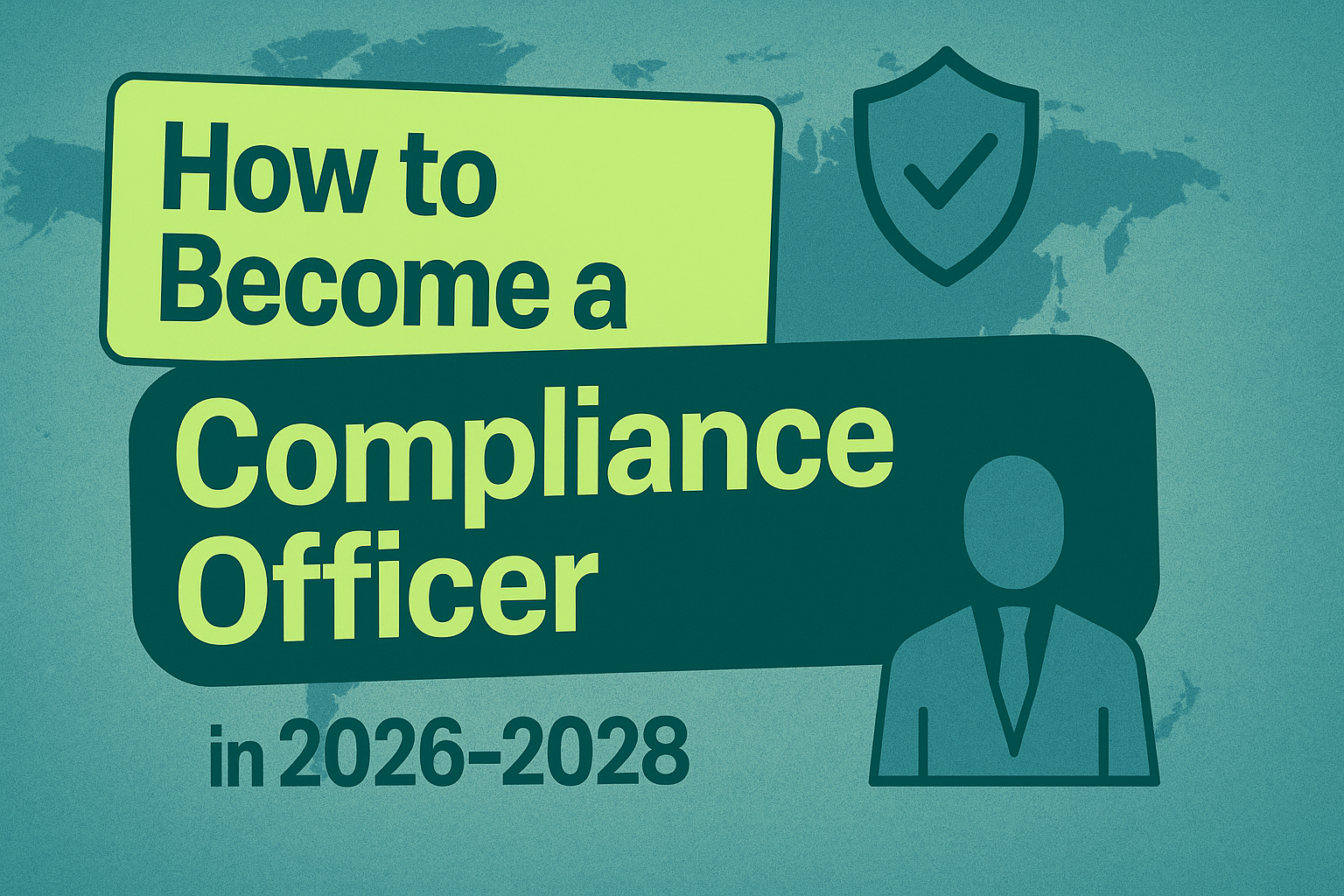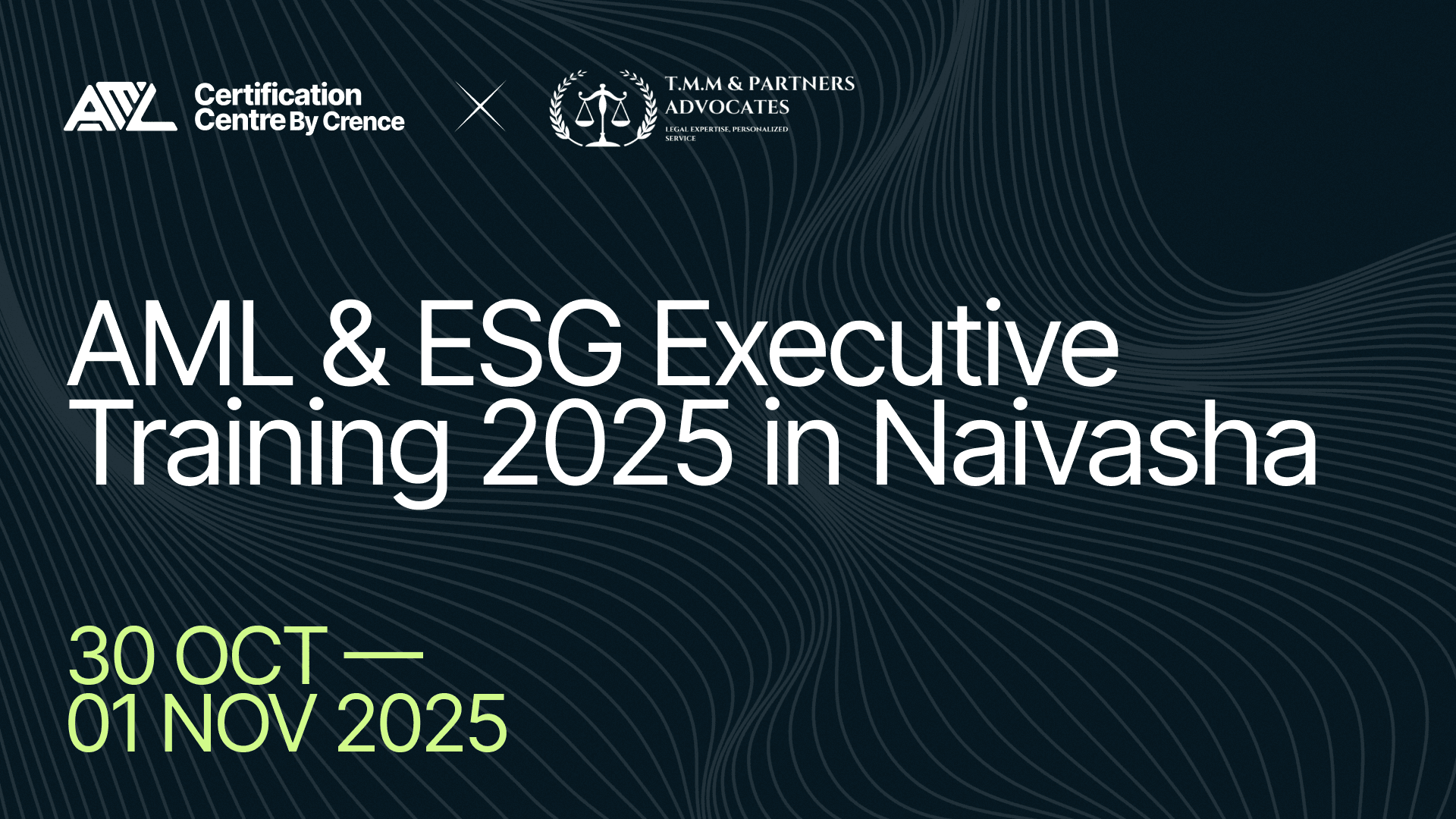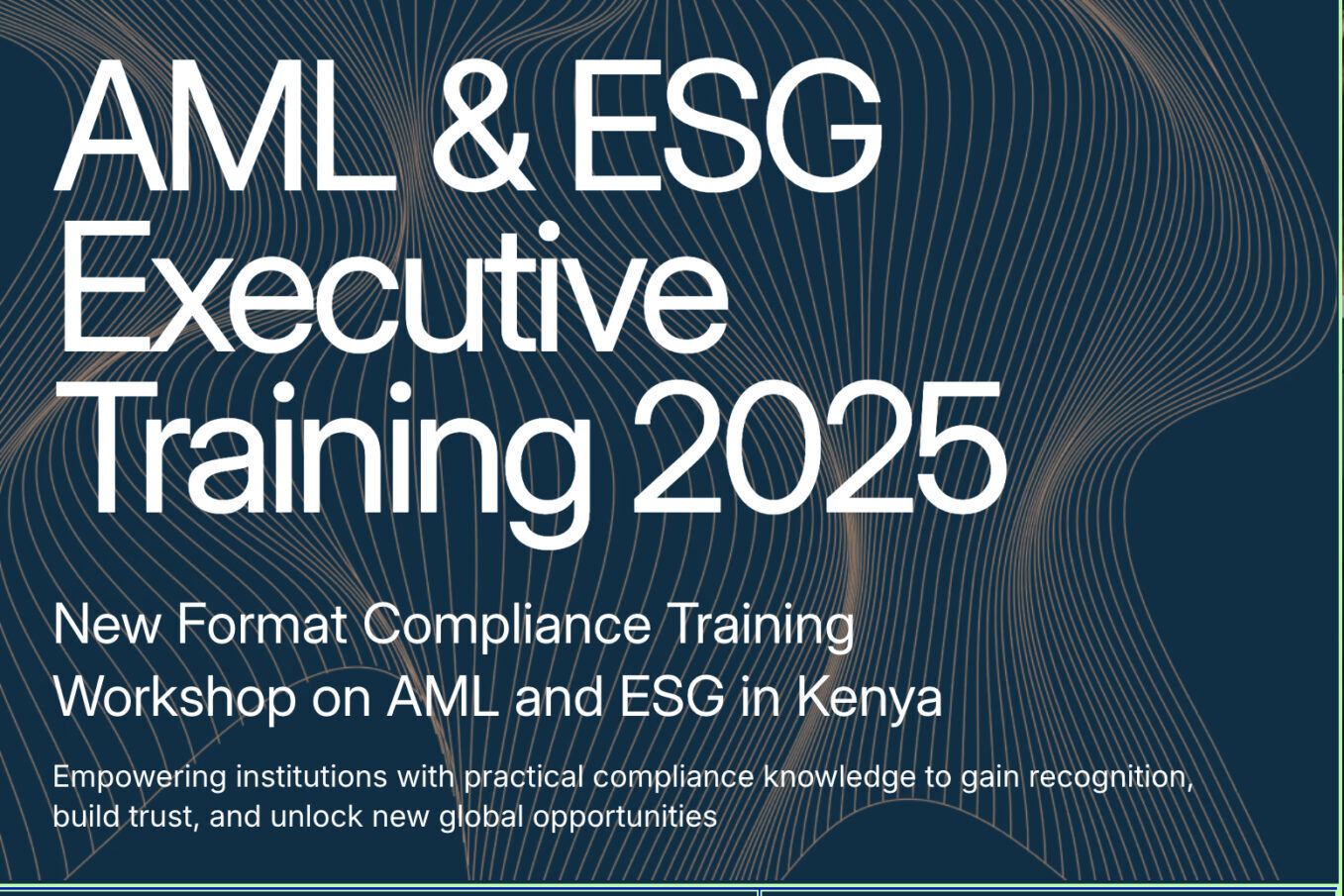The circulation of funds needs to be more articulate. In haste, people are often unaware that they are falling into the treacherous clutches of criminals who seek to profit and extract more benefits.
The most widespread financial crimes in the sector are embezzlement and money laundering. Embezzlement is the misappropriation of funds by a person entrusted to them. Money laundering typically involves concealing the origin of illegally obtained money through a series of complex operations.
While both embezzlement and money laundering threaten the stability of the legitimate economy, embezzlement can have a more localized impact. Understanding these two white collar crimes is crucial to effectively detecting and combating financial offenses.
What is Money Laundering?
Many of you have heard about this major money laundering operation, but let’s clarify in detail. Money laundering is the process by which illicitly obtained funds are “cleaned up” to look legitimate in the regulated financial system. In this way, criminals can operate undetected, and the funds are typically used to carry out various financial crimes worldwide.
Criminals use a variety of methods, including creating “paper” companies, structuring transactions involving property to avoid detection, and using offshore bank accounts to hide the illegally obtained money sources. For those in positions to combat these crimes, completing courses like the AML Foundations Course or obtaining certifications like the Certified Anti-Money Laundering Senior Specialist can be crucial in understanding these complex operations.
In money laundering combat, governments worldwide have passed laws requiring financial institutions and other companies to report suspicious activity to law enforcement to increase the transparency of the financial system and make it more difficult for criminals to launder money.
What is Embezzling Money?
The next step is to figure out what money embezzlement entails. It is an operation where someone entrusted with money illegally misappropriates or steals it for personal use. The critical player in embezzling funds is often an organization’s employee who abuses their position to transfer embezzled money.
Embezzlement examples include the following:
- An accountant steals money from his employer’s bank accounts and sets up false invoices and payments to hide the theft.
- An officer submits claims for work-related expenses that he never incurred.
- An employee steals paper and pens from the office cabinet.
- The CFO buys a car using a company credit card.
Money Laundering vs Embezzlement: Key Difference
Financial fraud includes both money laundering and embezzlement, but these types of white collar crime are different.
Ponzi schemes often involve money embezzlement schemes that unlawfully transfer millions of dollars. Money laundering is about making money through illegal activities while concealing the actual nature of this illicit financial gain.
The proceeds of crime are either converted into paper money through various methods or used for criminal activities such as drug trafficking, terrorist financing, and human trafficking. Since this illegal income is not accounted for, the state does not tax it.
So the scheme is as follows: the money comes to the perpetrator legally, but he uses it for accidental or malicious purposes. Money laundering is when funds are collected illegally and used for financial crimes and illicit activities.
Criminals have the legal right to dispose of or move funds, but they embezzle them for personal gain. Money launderers, however, move illegally obtained money to obscure its source before returning it to themselves or their clients.
Most advanced economies expect banks to have implemented effective anti-money laundering (AML) programs that are designed to detect potentially suspicious activity and report it to the appropriate authorities. Failure to comply with these compliance obligations also results in severe fines.
Money Embezzlement and Laundering Prevention
Regular actions to prevent money laundering and embezzlement are not only advisable but, in modern realities, are mandatory to safeguard your business’s financial health and security. Here are some practical tips on how to prevent these financial offenses:
- Implement a single transaction management program integrating anti-money laundering laws with measures and actions to spot irregular transactions.
- Regularly training staff in the anti-money laundering and anti-embezzlement units to familiarise them with the relevant policies.
- Establishment of an alert correction mechanism that provides standards for the efficient resolution of cases and supports both AML and anti-embezzlement.
- A typical case management system that allows AML and anti-embezzlement departments to share files between investigations.
Adherence to these measures and recommendations contributes to a safe and effective environment that detects and prevents money laundering and embezzlement.
Banks need to consider systems that allow them to analyse account activity accurately to identify potentially suspicious transactions. Given the sheer number of movements and payments, companies should use AI-based analytics, as humans need help to keep up.
Solutions using machine learning algorithms can help reduce risks associated with embezzlement or other money laundering crimes, as these systems detect activity that doesn’t align with an account’s risk profile.
Final Thoughts
Combating embezzlement and money laundering involves many nuances. With the proper knowledge, companies can better protect themselves from falling victim to these financial crimes or unknowingly contributing to them.
Understanding all the details of money laundering and embezzlement helps to develop a series of preventive measures. This awareness protects both individuals and businesses from criminals.
It is a continuous struggle between those who abide by the law and those who break it for personal gain. This is not only between regulators, law enforcement and financial institutions. It is a shared responsibility. Awareness, technology and international cooperation are the best tools in this never-ending struggle.








